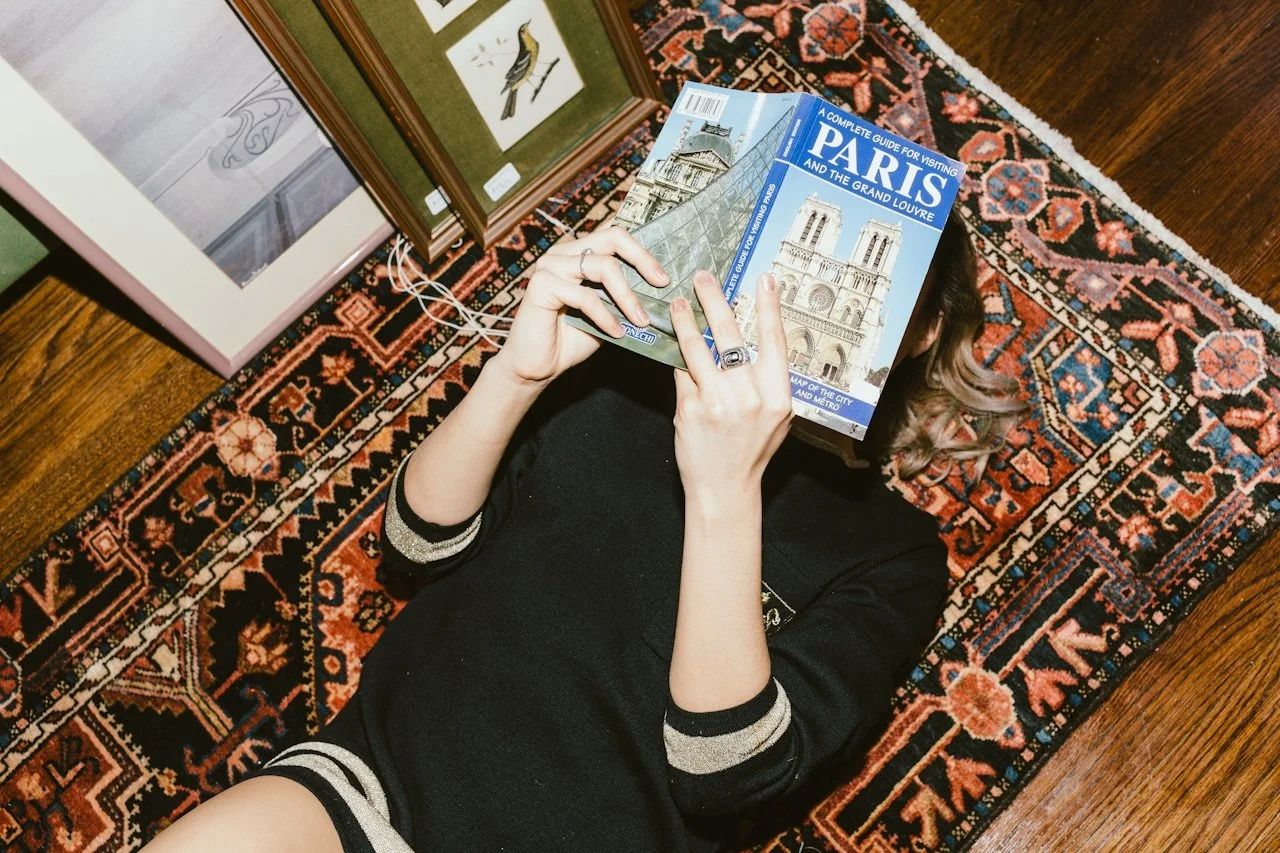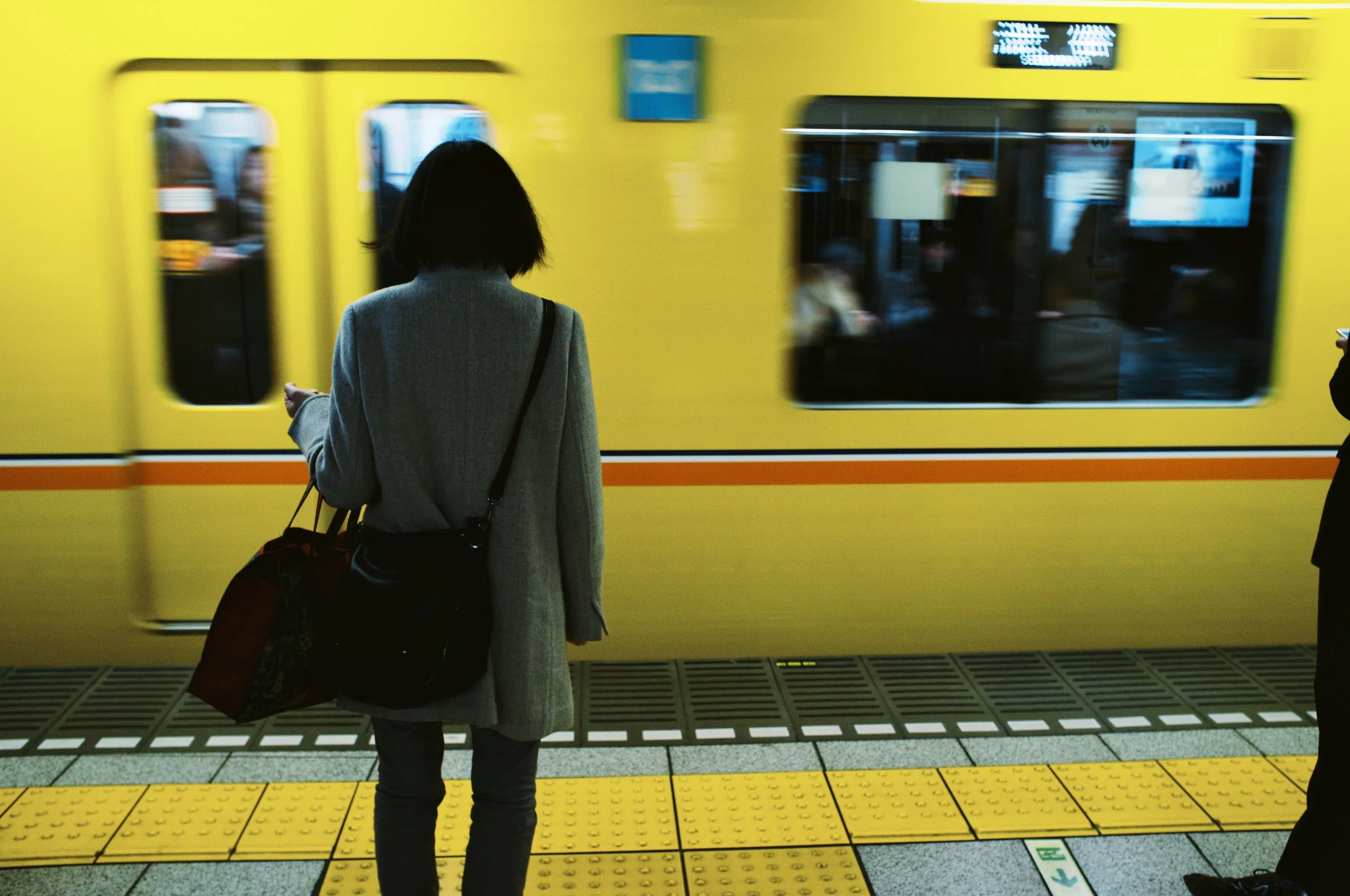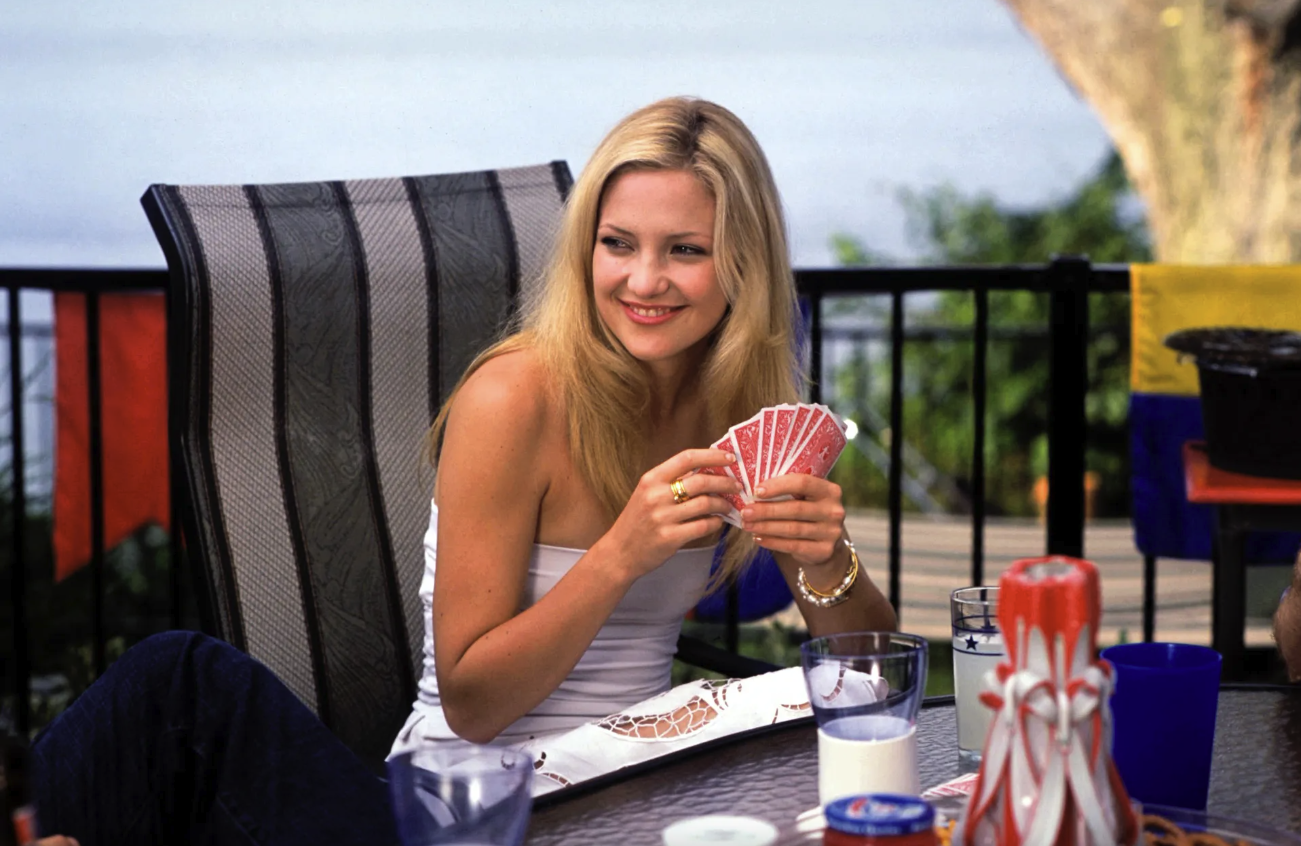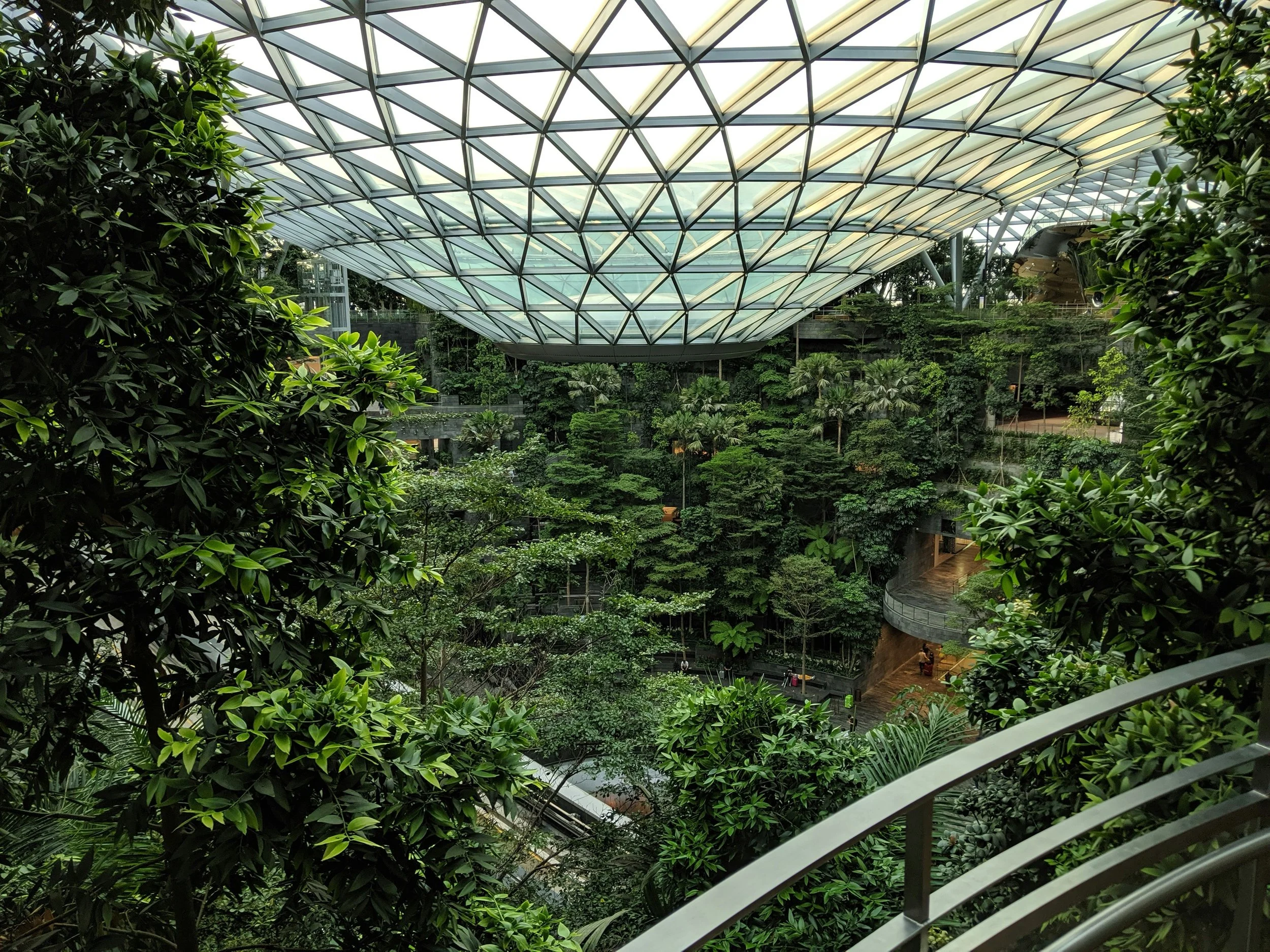Designing For The Dopamine-Seeking Brain
Designing For The Dopamine-Seeking Brain
BY ELIZABETH YUKO
Vibrant, saturated colors. Stripes, polka dots, and other mismatched-yet-complementary patterns. Plush throw pillows, rugs, and blankets that add an element of softness to the room. Maximalist decor imbued with a sense of whimsy.
It’s been a few years since the term “dopamine decor” entered our home design lexicon. The idea is that these amazing technicolor dream spaces would trigger the release of dopamine, which helps us experience pleasure as part of the brain’s reward system. And for some people, they do.
But in reality, everyone is different, and we’re not all going to be stimulated by the same type of decor. “Some people get an instant dopamine hit from bold colors and funky patterns; others need soft neutrals and a sense of order to feel regulated,” says Claire Savoie, an interior designer specializing in neurodivergent-friendly spaces. “Neither is right or wrong, it’s about what your brain craves.”
As someone with ADHD, I’m constantly scanning a space for visual stim: things that make me happy, energized, and at ease. In my case, that’s earthy greens, natural light, a mix of light and dark woods, vintage art and lamps, plants, and a lived-in feel. For someone else, it could be white walls with bright, artificial light, clean lines, modern art, and a brand-new feel.
“People think dopamine decor is high-octane all the time, and because of that, they associate it with vibrant colors, which can sometimes be overly stimulating,” says Stacey Denise Moore, MD, an interior designer with expertise in neuroaesthetics and color psychology and an adult critical care physician. “But dopamine doesn't necessarily have to translate into these excitable moments. Pretty much anything that brings us pleasure or makes us feel good can release dopamine.”
Maximalism — the idea that “more is more” — is also associated with dopamine decor. “Maximalism is very stimulating,” Moore notes. “It's chaotic to me, but some people love it.” But it shouldn’t be maximalism for maximalism’s sake — in other words, the meaning behind what you’re putting in your space and on your walls matters more than simply filling them.
This means selecting items and a style that comes from a place of authenticity — pieces that are related to your special interests and that uniquely you — rather than popularity. “Dopamine decor isn’t about what’s trendy,” says Savoie, who is neurodivergent herself, with ADHD. “It’s about what you find exciting, soothing, or just plain fun.”
But the benefits can go beyond fun. Not only is dopamine the “feel-good” hormone, but it gives you a sense of pleasure that can also make you feel more motivated. As someone who often struggles to focus on tasks that fall outside my core areas of interest, I find this aspect of dopamine decor especially appealing. The idea isn’t to be overstimulated or constantly activated, but to surround yourself with colors, furniture, and objects that mean something to you and trigger happy feelings and memories, boosting your mood.
Done right, dopamine decor can provide inspiration, comfort, focus, and joy. Or, as Moore puts it: “Dopamine decor is all about curating a space that brings a person who is [sensory sensitive] joy — where they have a sense of comfort that promotes creativity.”
Components of dopamine decor
Much of the focus of dopamine decor has been on visual elements, like color and pattern — but when designing a space, that’s just scratching the surface.
If you’re not sure where to start, Savoie recommends taking inventory of what triggers a dopamine release for you. “A great first step is to collect images, colors, or objects that spark something in you,” she explains. “Then, look for patterns. Are you gravitating toward cozy textures? High-contrast color combos? Objects related to a hyperfixation? That’s your dopamine blueprint.”
Dopamine decor is a multisensory experience. Depending on your sensory type, this can mean incorporating elements of sound, smell, and touch. Things like lighting, scent, furniture, and nature-inspired pieces can all come together to create a space that’s authentically you.
Here’s what to know about some of the key components of dopamine decor.
Atmosphere
Consider how the lighting, temperature, and air circulation in a room make you feel. Both Moore and Savoie agree that natural light is best, but when that’s not an option — or you’re someone who prefers artificial light — layered lighting is the next best thing.
“Layered lighting is exactly what it sounds like — at least three smaller diffused sources of light arranged at different levels throughout the space,” Savoie says. If, like me, you’re someone who avoids using The Big Light on the ceiling at all costs, layered lighting is a must.
But not all lighting is created equal. Pay attention to whether you feel more at ease in cool, crisp lighting (bulbs around 5600k), or warmer, softer lighting (bulbs around 3200k), and buy your light bulbs accordingly, Moore says.
Light can also come from a lit fireplace or a glowing space heater, which can also add a source of radiant heat to a space, which some may find comforting. For others, the breeze coming through an open window or from a fan triggers a spike in dopamine.
Sound
The ambient noise in a room also impacts how you feel in it. “For neurodivergent people, sound can be stimulating — or overstimulating — and can make or break a space,” Moore explains. Once again, it’s a matter of identifying and leaning into the type of sound that releases dopamine, and staying away from noises that you find startling or stressful.
“Many of us love the soft chatter of a cafe, but a pitch of loud laughter can viciously break our focus,” Savoie says. “Designing with sound in mind caters to replicating the hum of soft chatter and general movement, but eliminates the unexpected auditory spikes.” According to Moore, this could be everything from white, brown, or green noise, to a calming playlist, to a small water feature that sounds like a babbling brook.
It also means reducing or blocking unwanted sounds. “If you have a place that's very echoey or carries a lot of high frequency pitches that may annoy you, you can use your environment to help absorb that sound,” Moore says. She suggests adding rugs or acoustic paneling to help dampen irritating sounds.
Scent
According to Savoie, “scent is such an underrated dopamine booster.” It may take some trial-and-error to find the scent and strength that work for you, but once you find something you like, incorporate it into your space through scented candles or an essential oil diffuser.
Scent can also send a message to your brain that it’s time to focus or relax. “ADHD brains struggle with transitions and task-switching, and scent can act as a reset button for your nervous system,” Savoie says. “You can assign different scents to different activities.”
For instance, you could use a bright, fresh scent like citrus, fresh cotton, or green leaves for morning energy, then switch to gentle earthly scents like lavender, chamomile, and eucalyptus when it’s time to wind down.
Just be careful not to overdo it: for some people, scent can cause sensory overload, Moore says.
Texture
For some neurodivergent people, certain textures are so off-putting that accidentally coming in contact with them can be quite disruptive. (I’m looking at you, microfiber.) That’s why it’s crucial to fill your space with materials that you love to touch and don’t make you recoil in disgust. This largely comes down to knowing your personal preferences and mixing as many textures as possible.
“In general design, having a wide range and variation of textures is what sets apart your everyday home from a professionally designed look,” Savoie says. “Think fuzzy rugs, smooth marble, soft blankets, glossy ceramic pieces, wood grain, rough stone, embroidered pillows, etc.”
And don’t forget about furniture. Think about how you use and interact with each piece before making a purchase. “Don’t buy functional pieces just because they look cool,” Savoie says. “If you need to sit in a chair daily, it should provide an undeniably enjoyable experience.”
Natural Materials
For people with tactile sensory sensitivity, the authenticity and integrity of materials sets the frequency and vibration of a space. If that’s you, check out biophilic design, which connects the people in a space to nature.
You don’t need an indoor waterfall to achieve the effect — you can add touches like live plants, nature-inspired art, and wooden furniture, or incorporate greens and blues to help bring the outdoors indoors.
When you have the option, reach for natural materials and patterns. “Wood, stone, linen, wool, make a space feel grounded and sensory-friendly,” Savoie says. “Incorporate natural elements in various forms and components.”
Special Interests































